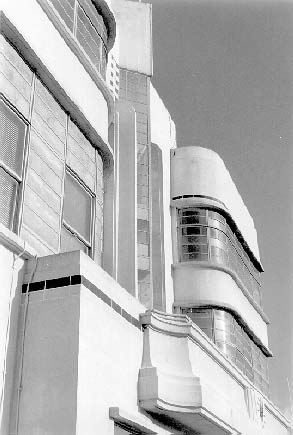Catching up with the various blogs I like to look at through their RSS feeds I came across a link on Joerg Colberg’s Conscientious to a video on Rob Hornstra which looks at his practice of ‘slow journalism’ and the Sochi Project with writer Arnold van Bruggen in particular.
Hornstra is a photographer whose work I’ve liked since I saw work he produced for his degree around 8 years ago. His photography is straightforward but avoids the obvious and has a quirkiness that appeals. Talking about a picture he was taking of a singer in a restaurant in Sochi (the venue in Russia for the 2014 Winter Olympics) he says that there was a little fan at the side of the stage and a prominent notice for the toilet, so he knew it would be a good picture. The piece starts by him saying that he’s a photographer – or at least that’s what people say about him, but he thinks of himself more as a storyteller.
After graduating Hornstra was working as a bartender, and couldn’t find anyone to publish his book so he thought about self-publishing, but found that to print 250 copies would cost him 7,500 – far more than he could afford. But a work colleague said he would like a copy of the book and would pay in advance and handed him 30 dollars, and that led to a book that was financed by advanced sales – it took just a few weeks to sell enough advance copies to be able to print.The next book sold out in advance in 3 days, and the one after than in hours.
It’s a rather more radical approach than publishing on demand, and one which also gets your work out to more people. Making a book on Blurb only demands that you sell one copy, and I suspect the majority of works produced in that way only ‘sell’ a handful of copies, all or nearly all bought by the person who made the book, although some of us do manage to sell a number to personal friends and others at exhibition openings etc.
250 copies isn’t a sensible print run for a photographic book, and I imagine that Hornstra produced the later works in larger numbers, and the clip shows him sending off around five orders for his self-published works on what is supposed to be a typical day.
Sochi, a five year or more year project on the city that is hosting the winter Olympics with writer van Bruggen, takes the idea further, asking for subscriptions to fund the project as a whole. For a small donation – 10 per year – you will get access to documentation about the project on areas of the web site unavailable to the public, but as ‘Silver’ donor of “100 per year you will not only receive access to the website. You will also receive all the publications produced by The Sochi Project, including an annual report, exclusively designed by Kummer & Herrman. We will inform you personally of exhibitions, readings and presentations related to The Sochi Project and you are welcome to attend any of these for free.” ‘Gold’ donors – at 1000 per year or more – also get signed prints and articles, and “After five years you could be the owner of a unique collectors item.”
I don’t think I have enough spare cash to invest in the offer, although I suspect that it could well be a good investment at either silver or gold level, given the rapid increase in prices that some very ordinary photographic publications have seen over recent years.
Personally too, I don’t see myself finding it easy to attract enough advance orders to publish my next book other than on Blurb, but you never know. Perhaps I should be thinking about taking subscriptions for my planned extensive series on the ‘Buildings of London’, a small sample of which are on one of my early (and badly written) web sites, on-line since 1996, with additions and minor changes in 1998.

The Hoover building on the front of my Buildings of London web site for 15 years
Currently I’m still thinking about how to proceed in publishing this work, but I think there will be two series, one for the black and white images and the second on the colour work I took at the same time. It would be hard to organise the work any other way than by when I took the pictures, and I’m thinking, at least for the b/w that this might mean around 30 volumes selected from the several hundred thousand images I took over around 20 years. It’s a daunting task – as was my decision in the early 1980s that I would photograph “the whole of London”. I can’t claim to have finished it, but I made a pretty good stab.